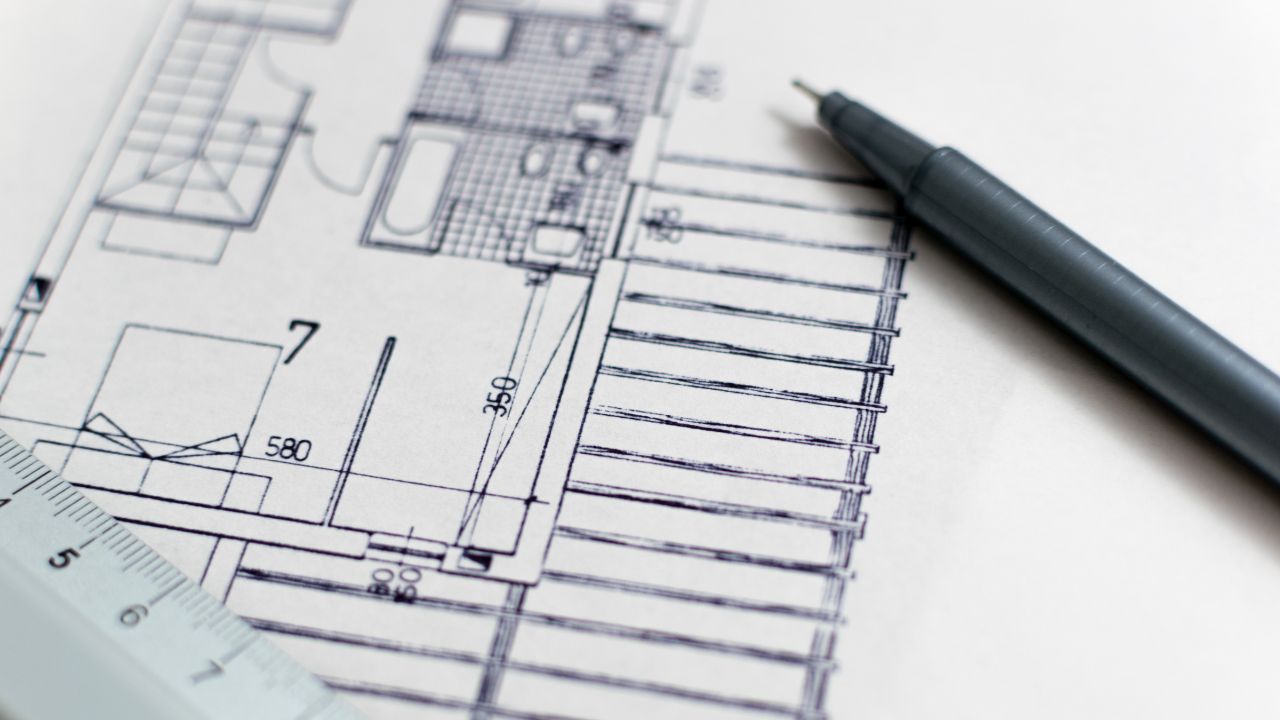Easily calculate total dead load, load per square foot, and equivalent UDL with our Dead Load Calculator. Just enter density, area, thickness, and quantity for instant results!
In construction and structural engineering, dead load refers to the permanent static weight of building components like walls, floors, roofs, and structural elements.
Accurately calculating dead load is essential for ensuring that structures are designed safely and can bear their own weight over time.
Dead Load Calculation Formulas
We use simple but very important formulas to find each result:
1. Total Dead Load
Formula:
Total Dead Load=Density×(12Thickness)×Area×Quantity
(Thickness is divided by 12 to convert inches to feet.)
2. Load per Square Foot
Formula:
Load per Square Foot=Area×QuantityTotal Dead Load
3. Equivalent UDL
Formula:
Equivalent UDL=Load per Square Foot
Example:
Given:
- Density = 150 lb/ft³
- Area = 200 sq ft
- Thickness = 6 inches
- Quantity = 2
Total Dead Load:
Total Dead Load=150×(126)×200×2=30,000 lb
Load per Square Foot:
Load per Square Foot=200×230,000=75 lb/ft2
Equivalent UDL:
Equivalent UDL=75 lb/ft
Answer
Total Dead Load = 30,000 lb
Load per Square Foot = 75 lb/ft²
Equivalent UDL = 75 lb/ft
FAQs
1. What is Dead Load in construction?
Dead load refers to the permanent, static weight of a structure or building element. It includes the weight of materials like concrete, steel, walls, floors, roofing, and any permanently attached fixtures. These loads do not change over time and are important for designing safe structures.
2. What is the difference between Dead Load and Live Load?
- Dead Load is the constant, unchanging weight of the structure itself (walls, floors, roofs, etc.).
- Live Load is the temporary, changeable weight like people, furniture, vehicles, and snow on the roof.
- Dead load is always present, while live load can vary over time.
3. Why is understanding Dead Load important in building design?
Understanding dead load is crucial because it helps engineers and architects:
- Ensure the building can safely support its own weight.
- Properly size structural elements (like beams, columns, and foundations).
- Prevent issues like sagging, cracking, or structural failure.
4. What are typical examples of Dead Load?
Common examples of dead load include:
- Concrete slabs
- Steel beams
- Brick walls
- Roofing materials
- Permanently attached mechanical systems like ductwork or plumbing pipes.

Check out 1 Similar Calculators: